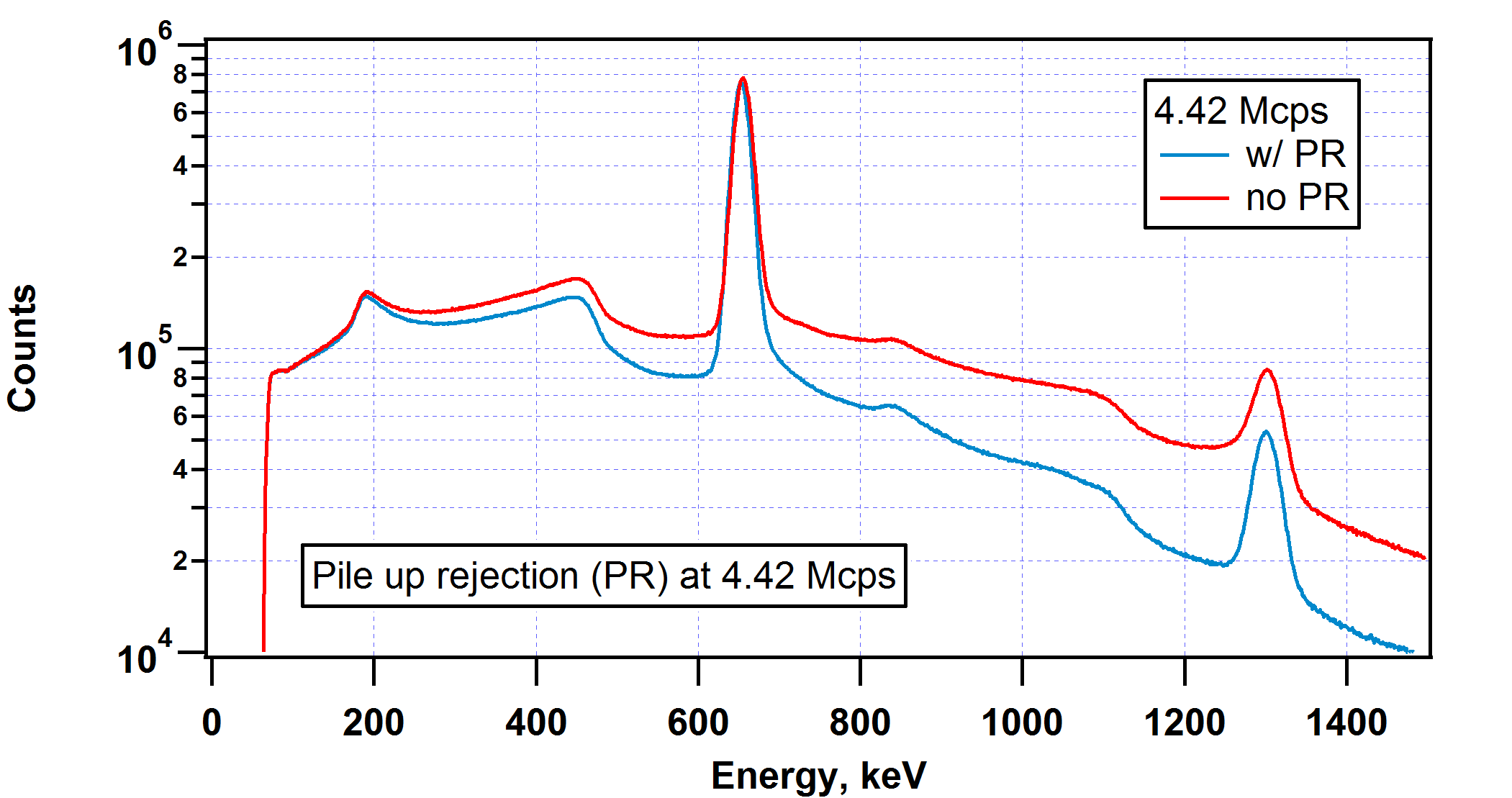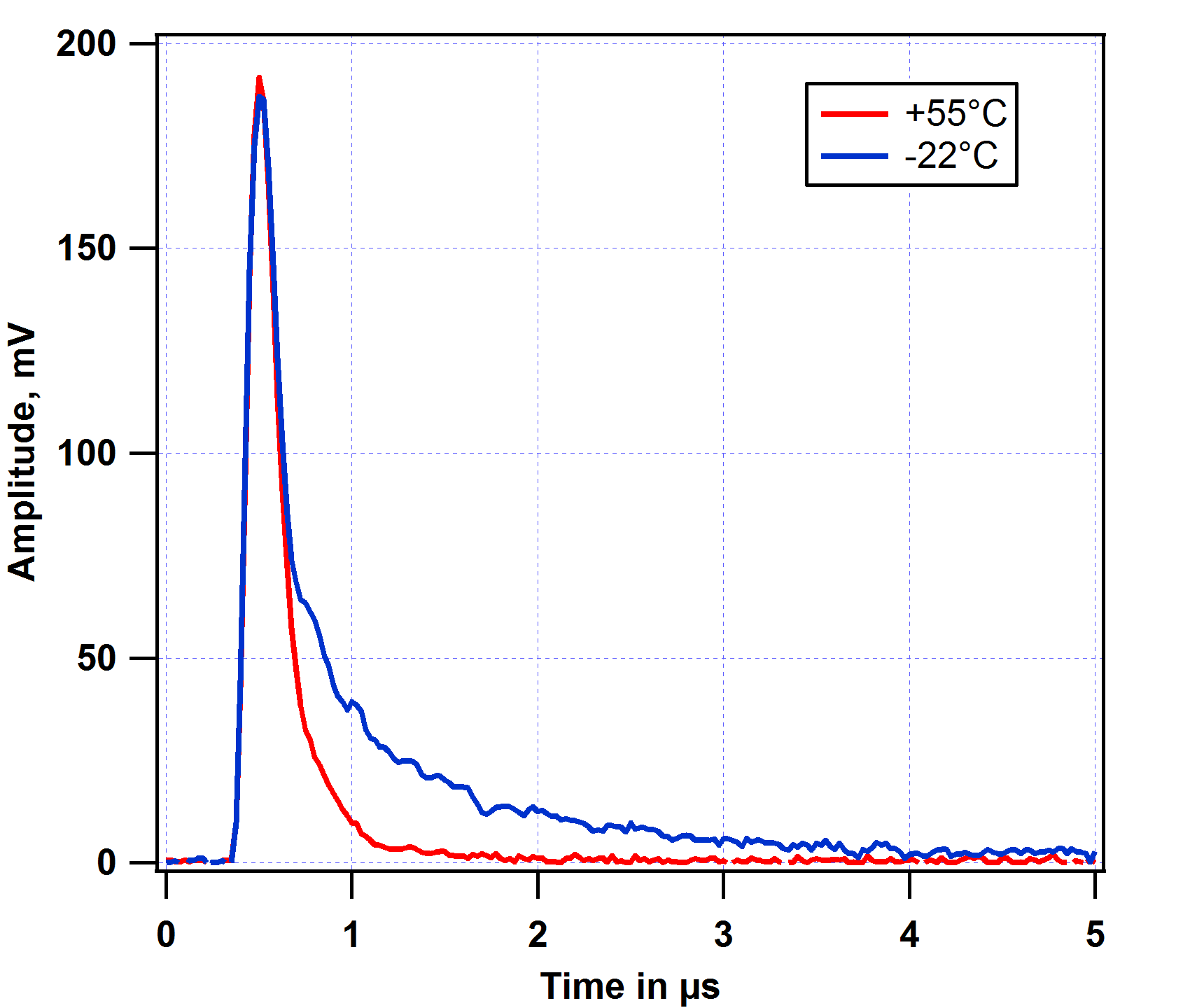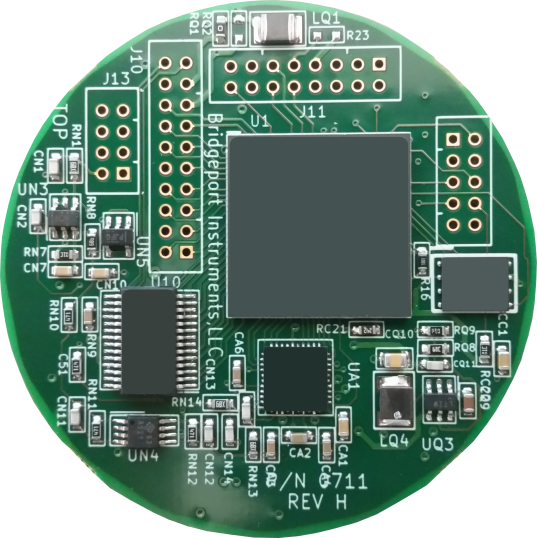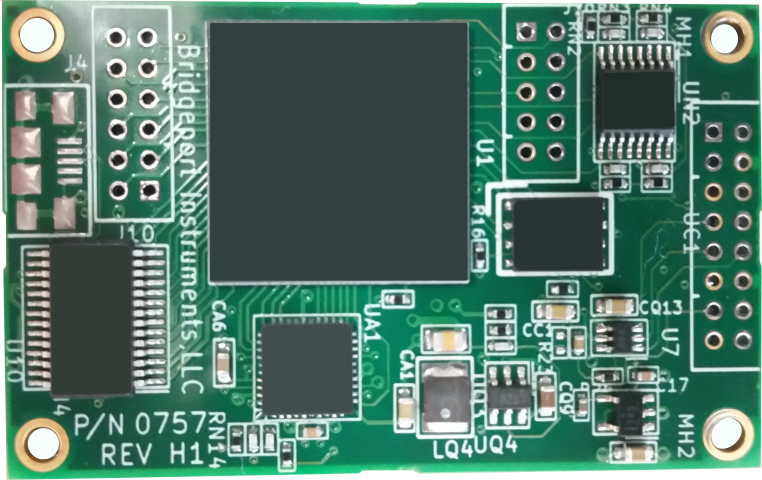usbBase and oemBase
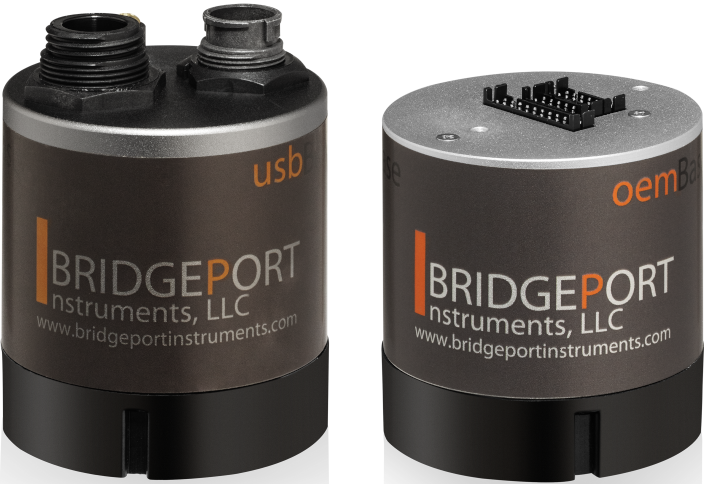
usbBase at the top with sealed connectors for USB and GPIO. The oemBase at the bottom is sealed as well, but exposes pin headers for all functions.
Introduction
- The MCA
- Large histogram 4Kx32 or more; Measures time and count rates.
- Read data without interrupting data acquisition, avoiding dead time losses.
- Special features (in parallel): pulse shape capture, list mode, pulse shape discrimination.
- Custom functionality through firmware extensions.
- Interfacing
- Analog: Use the same hardware for all types of scintillators.
- Digital: USB, SPI, serial for easy system integration on ARM, x86, x64.
- Open-source data formats and control software, on Win, Linux.
- Software structure
- Device driver and API in Python; Internet data server with web interface.
- Sever/Client software structure bridges distance and programming languages
- Client application can be written in any programming language
